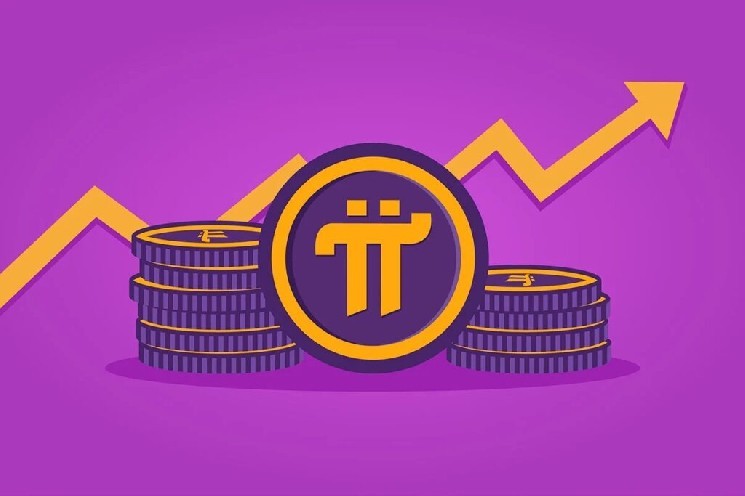Fast forward to March 2025, Solayer preempts TGE by occupying the hardware-accelerated nested TVL model, Sonic fully focuses on games and Non-Fungible Tokens, and Eclipse mainnet goes online by frantically integrating Ethereum ecosystem projects. At this time, Solana's daily average TPS is around 1,500, raising a soul-searching question: Solana is already so fast, so what is the necessity of SVM? Furthermore, even if SVM is what the market needs, why do we still need SOON?
SVM (Solana Virtual Machine) sounds like EVM and MoveVM, all technologies wanting to stir up something on other chains. Indeed, Solana is already fast enough that it hasn't even crashed during the MEME craze for half a year! So, to answer this soul-searching question, we need to first return to the question itself - what SVM is and what shortcomings of Solana it addresses.
From a technical path comparison, SOON has the strongest cross-chain universality. Decoupling SVM enables it to adapt to multiple chains (such as svmBNB), with a scope far exceeding Solayer, Sonic, and Eclipse. EVM compatibility reduces developer barriers, making it more attractive compared to Solayer and Sonic's Rust development.
In terms of drawbacks, if comparing performance alone (30k TPS) is lower than Solayer's 1MM TPS, its technical verification is not yet sufficient.
Furthermore, SOON, which is about to have its Token Generation Event (TGE), needs to find a reference point, taking a god's-eye view to summarize operational lessons. Solaye, as the most recent TGE SVM project, can actually provide SOON with many insights.
Strategic Level: The Importance of Clear Positioning and Narrative
Solayer's transition from a staking protocol to hardware-accelerated SVM, with multiple direction adjustments, led to a blurry narrative, causing market uncertainty about its positioning, ultimately failing to effectively attract investors and users after TGE. SOON's "decoupled SVM" positioning is its core advantage and should be continuously strengthened, avoiding frequent shifts to other directions. At the same time, it must clearly define SOON as the "preferred high-performance cross-chain Rollup", distinguishing itself from Sonic (game-specialized) and Solayer (hardware-accelerated), to prevent market confusion.
Technical Level: Technology Implementation Requires Verified Data Support
Solayer claimed 1 million TPS and 100Gbps bandwidth, but after launch, it lacked actual test data support, and user experience did not significantly improve, leading to "PPT chain" doubts. SOON's svmBNB has achieved 30,000-100,000 TPS and should regularly publish on-chain data (such as transaction volume, latency, gas costs) to enhance technical credibility.
In prioritizing user experience optimization, it should ensure a simple cross-chain bridging process (such as one-click bridging ETH to SOON Mainnet) and support mainstream wallets (like MetaMask, Phantom), lowering usage barriers. SOON's InterSOON protocol should prioritize seamless migration of popular assets (such as USDT, USDC) and dApps (like Uniswap, PancakeSwap).
Community Level: Community Engagement Determines Success
Although Solayer had 200,000 depositors participating in activities, its community activity was low and failed to convert into long-term supporters. SOON's fair launch is an advantage. Compared to Solayer's hardware dependence, which was criticized as "centralized" and a "rich person's game", alienating ordinary users, continuously promoting the "no pre-mining, no private investor privileges" model attracts retail investor trust.
In the future, it can further introduce DAO mechanisms, allowing community participation in key decisions (such as token allocation, new chain support). By launching developer tutorials and retail participant guides (like "How to Bridge to svmBNB"), it can lower participation barriers and expand the base user group.
Let's Summarize the Entire Text
Overall, Solana's TPS is already fast, but the necessity of SVM is not about "being a bit faster" but "being smarter and more open". It is to transform Solana from a high-performance solo performer into a stage that can carry thousands of applications. Speed is Solana's starting point, and SVM is the bridge to a more grand future.
Among existing SVM players, SOON's advantage lies in its technical foresight (decoupled SVM + cross-chain compatibility) and developer-friendliness, giving it the potential to become a "dark horse" in the SVM track. However, its weaknesses also need to be quickly made up through actual implementation (such as widespread svmBNB application) and stronger community operations.
Compared to competitors, SOON's differentiation is in "universality" and "cross-ecosystem collaboration", but to truly stand out, it must prove its execution ability in 2025, especially in attracting developer and user traffic.
Do you think SOON's strategy can succeed in the SVM track?






